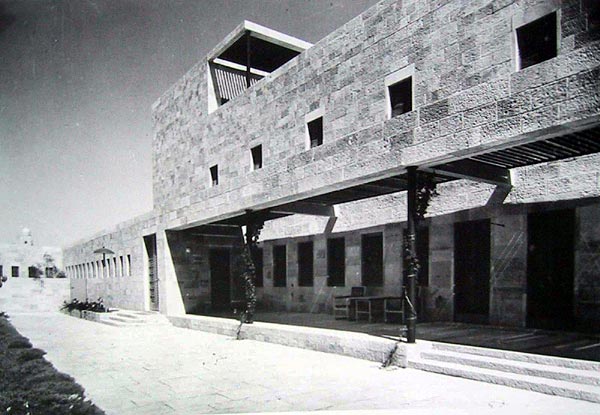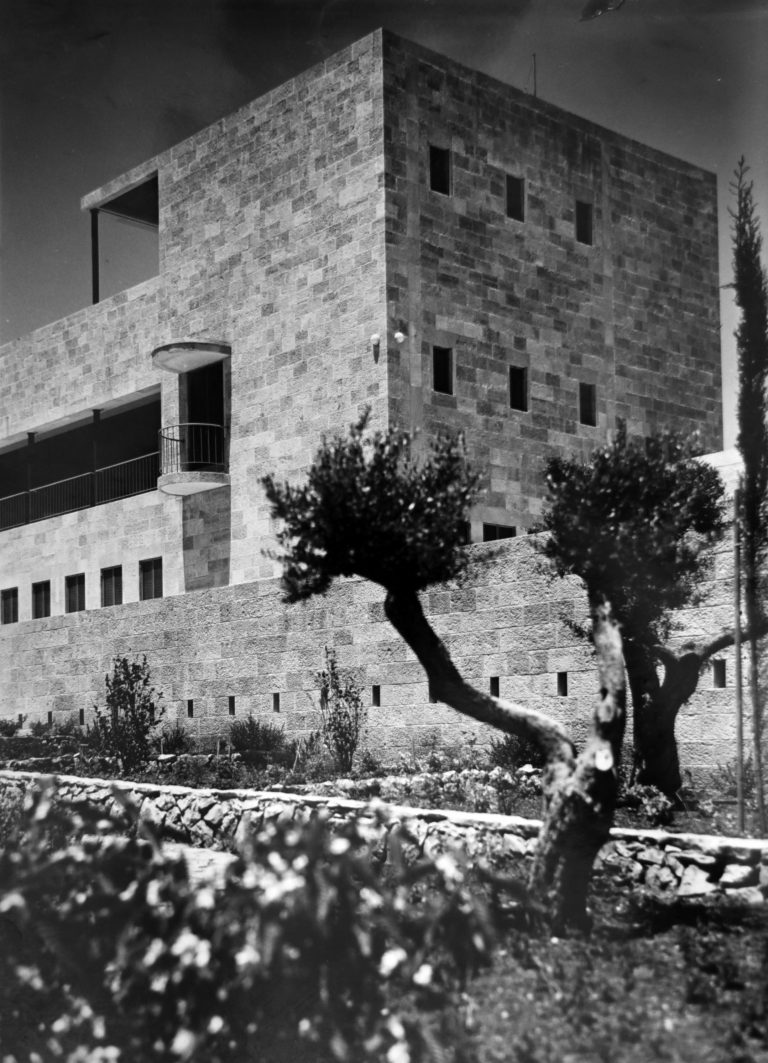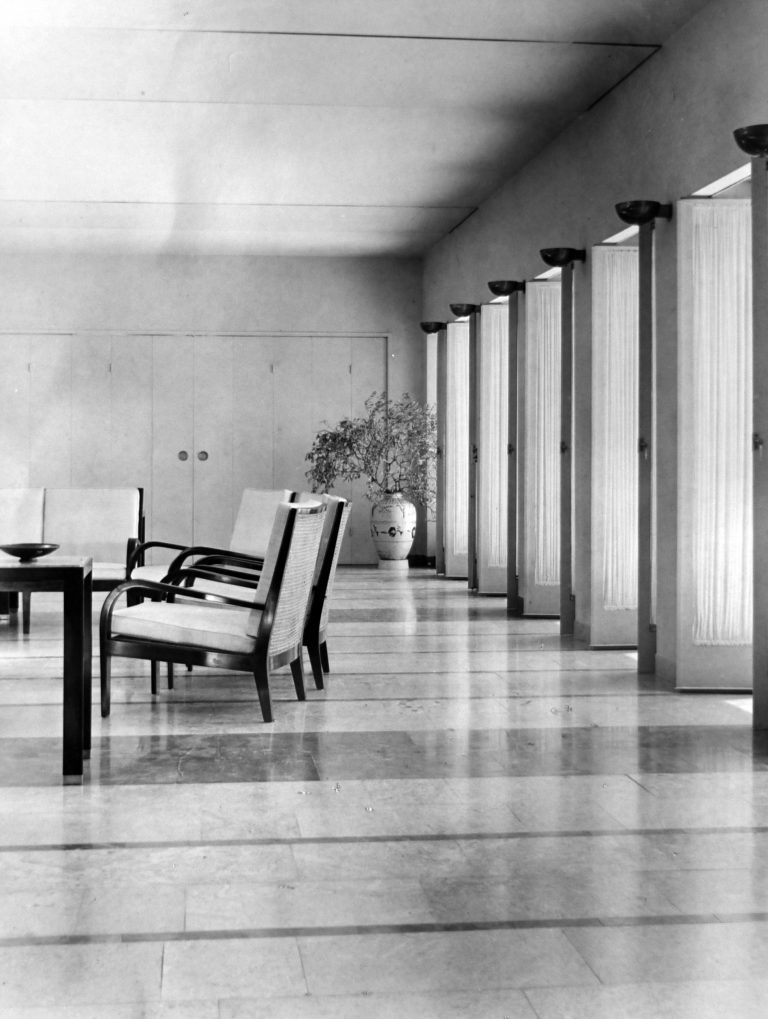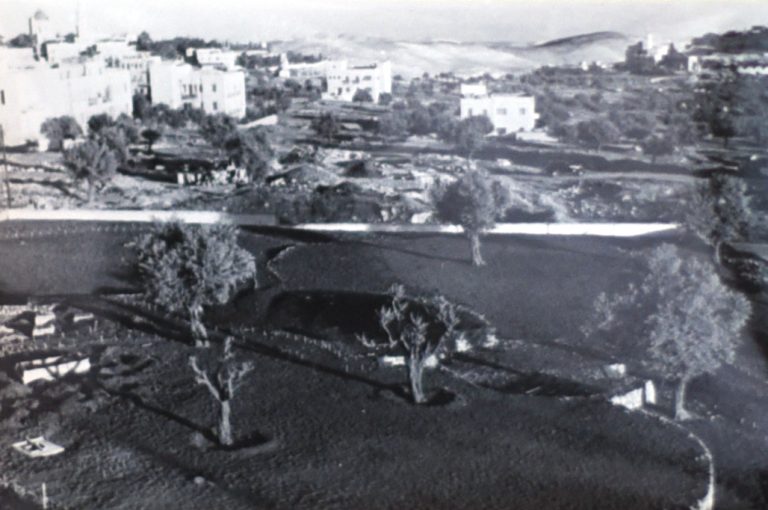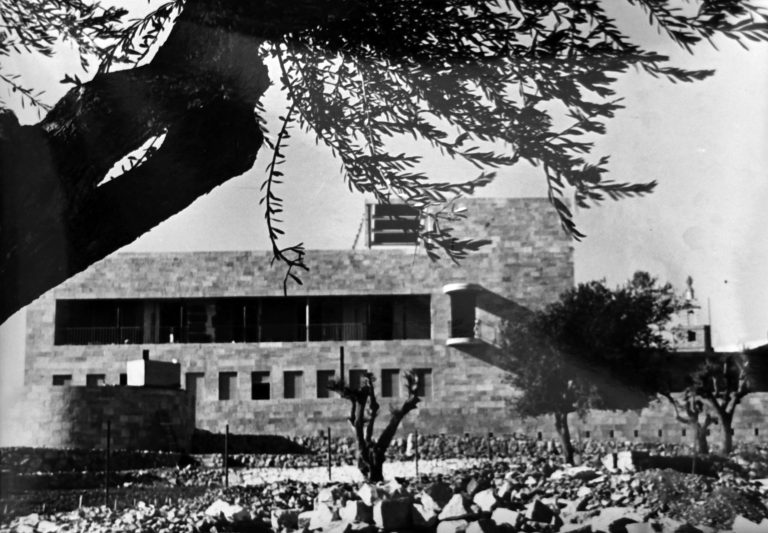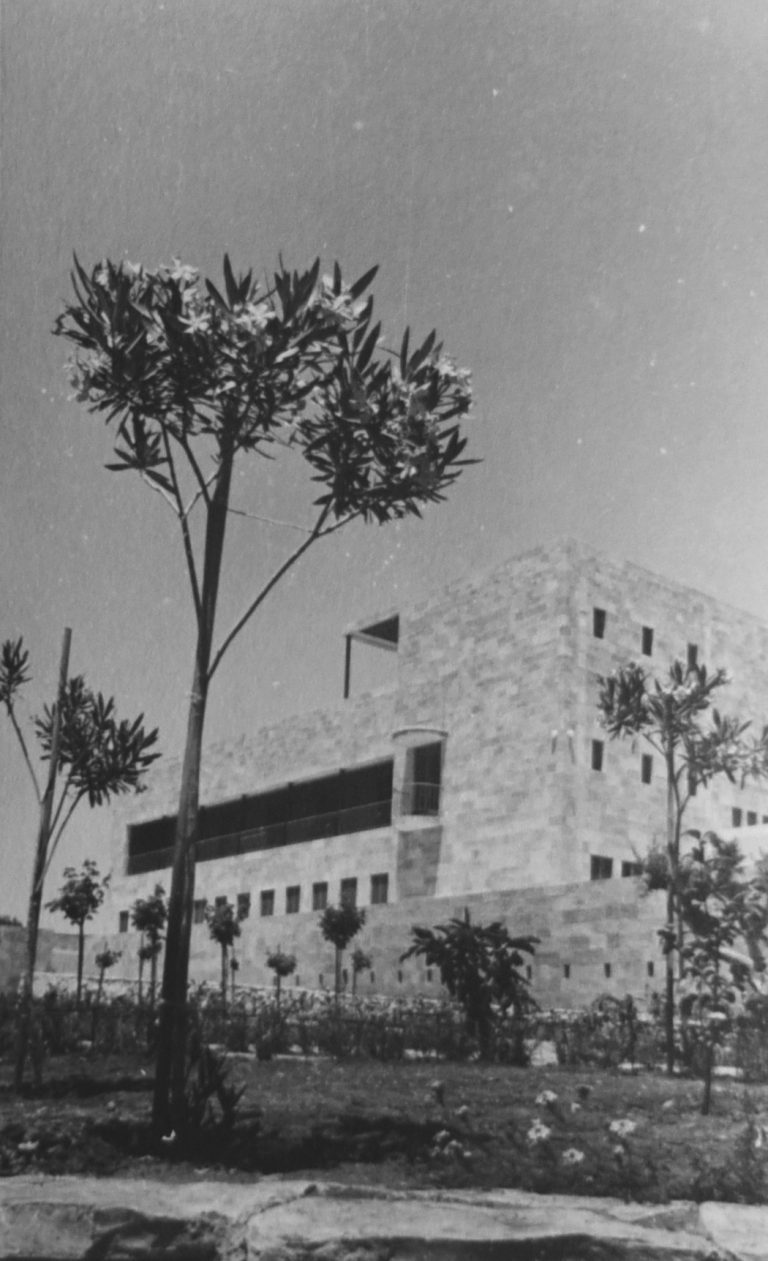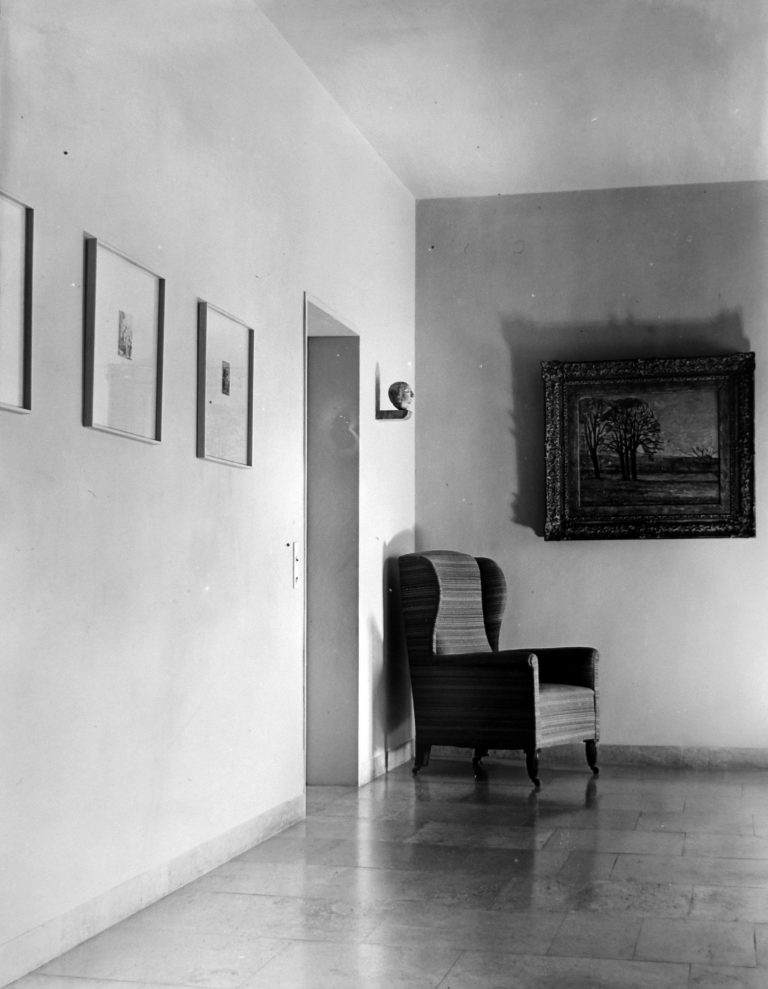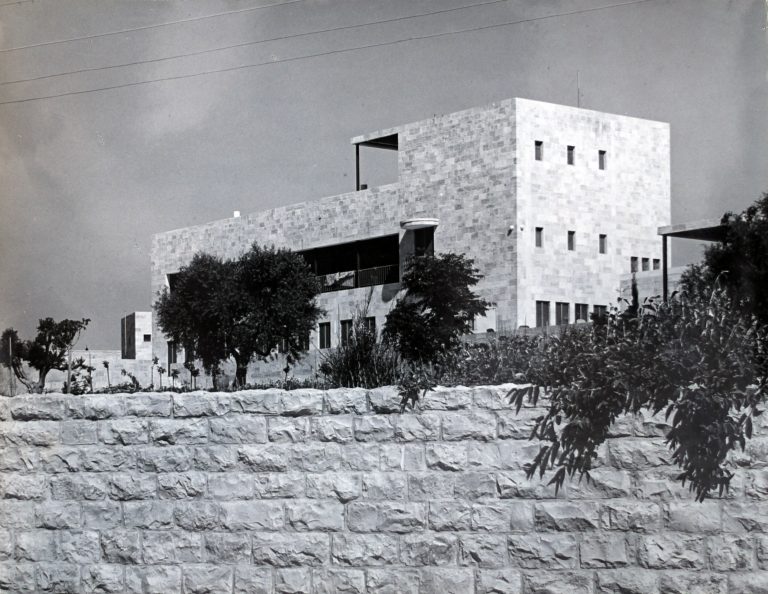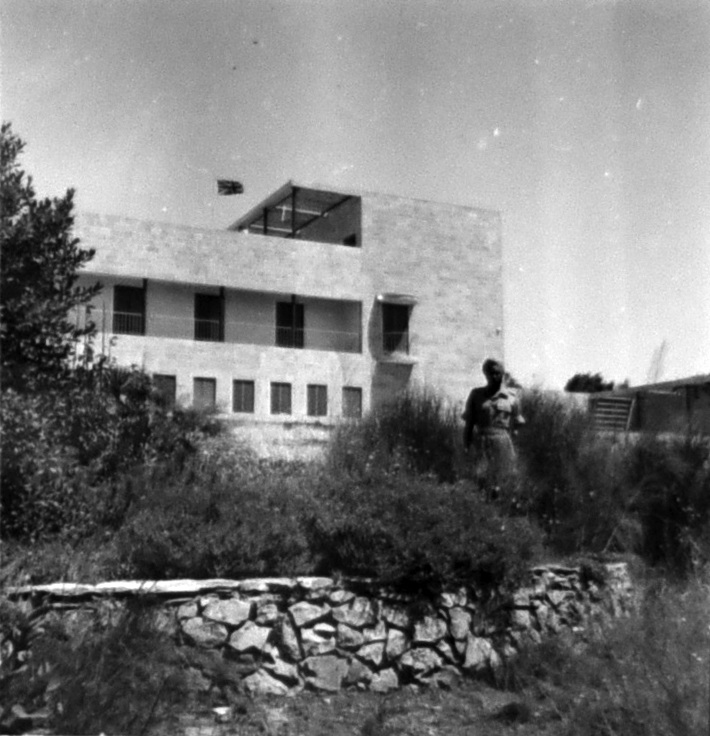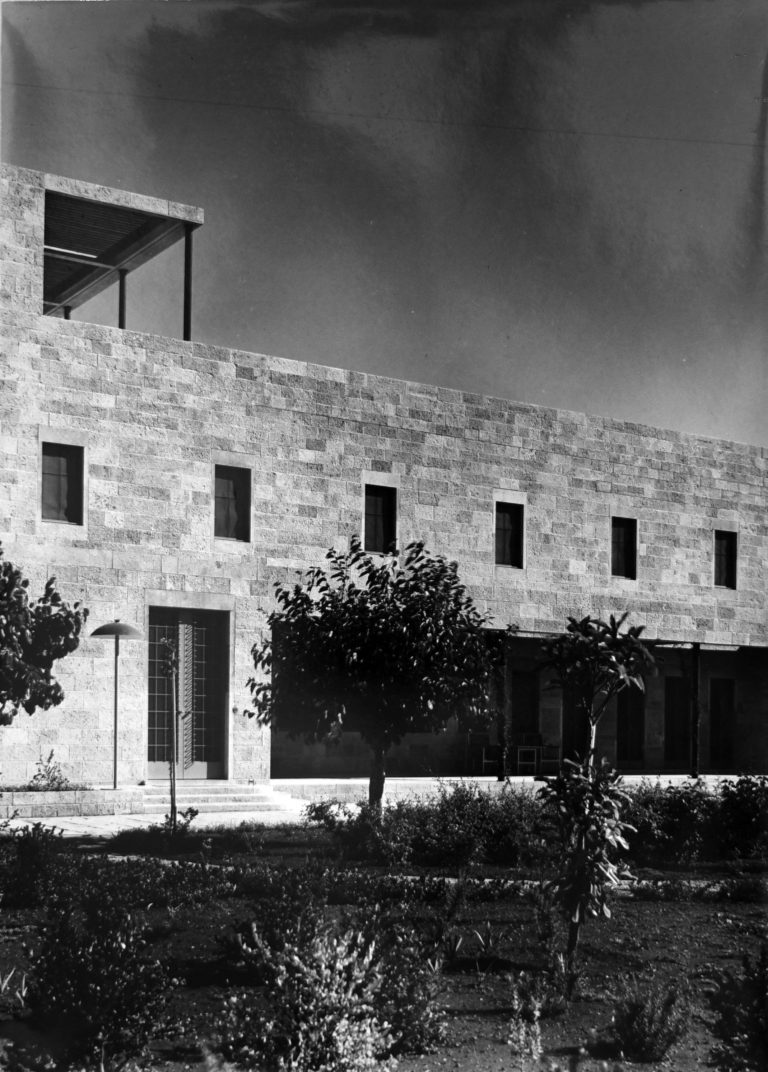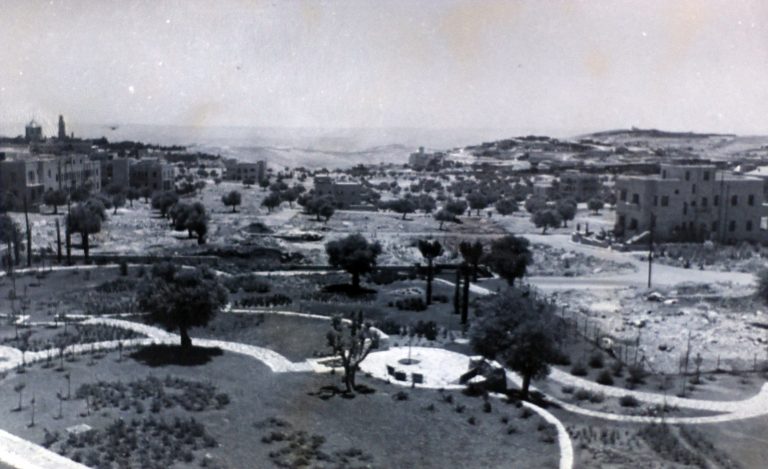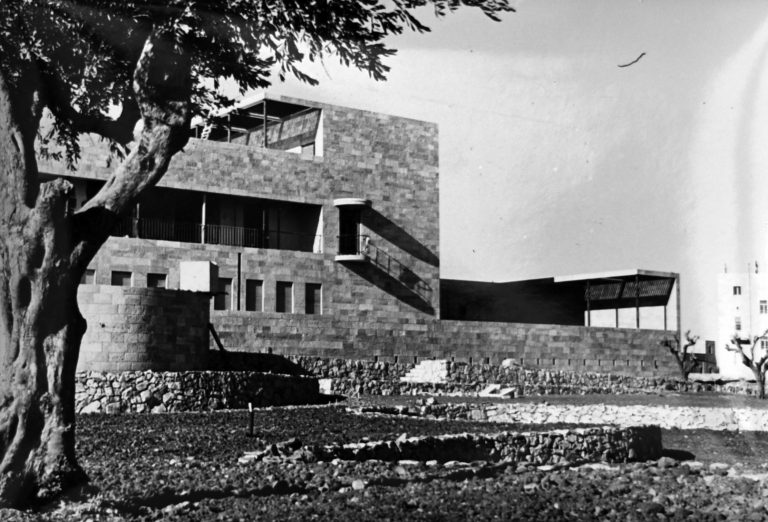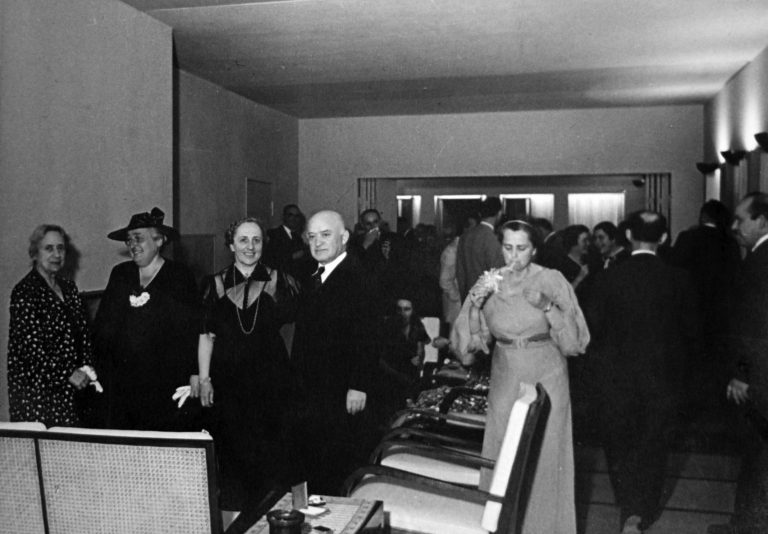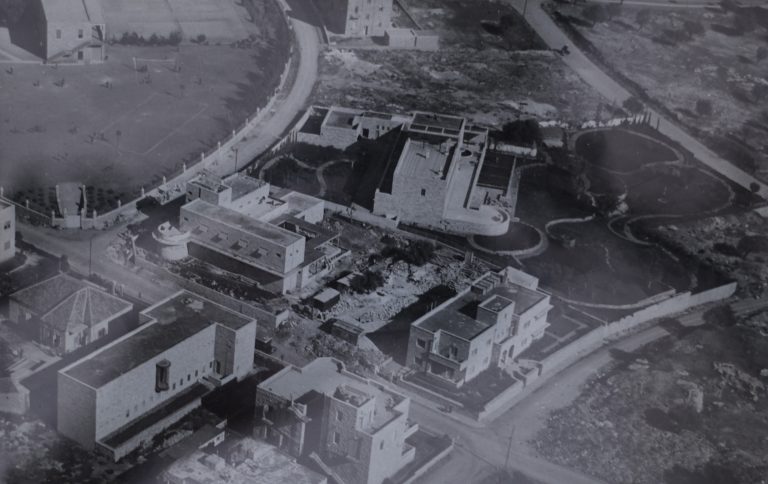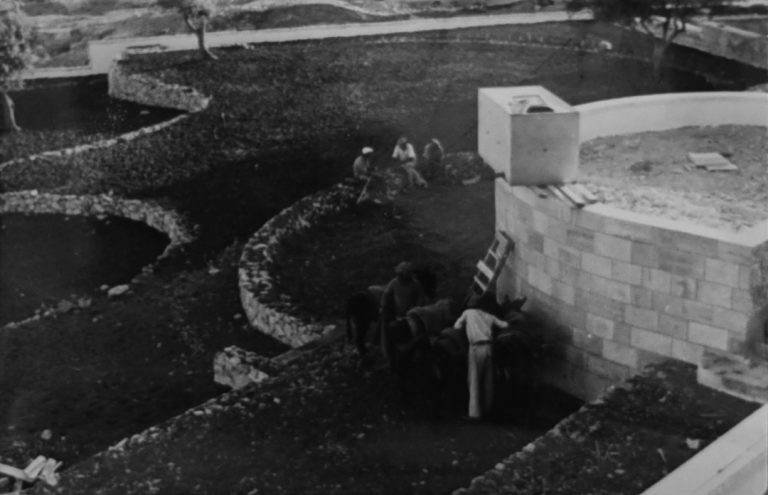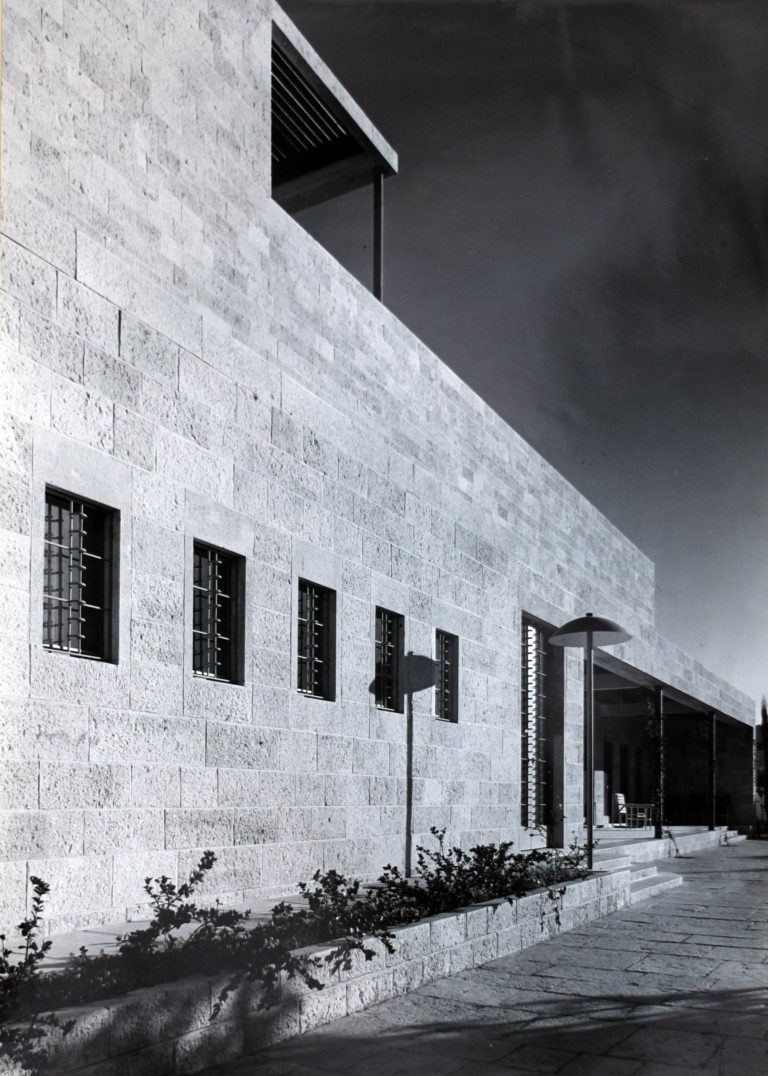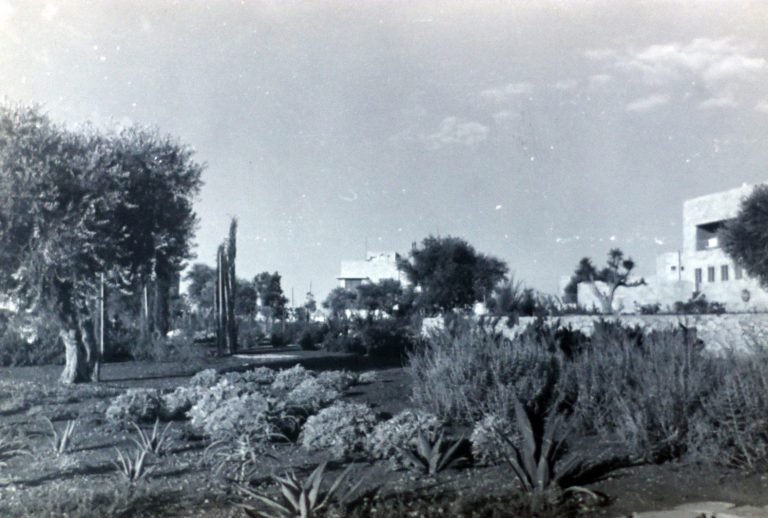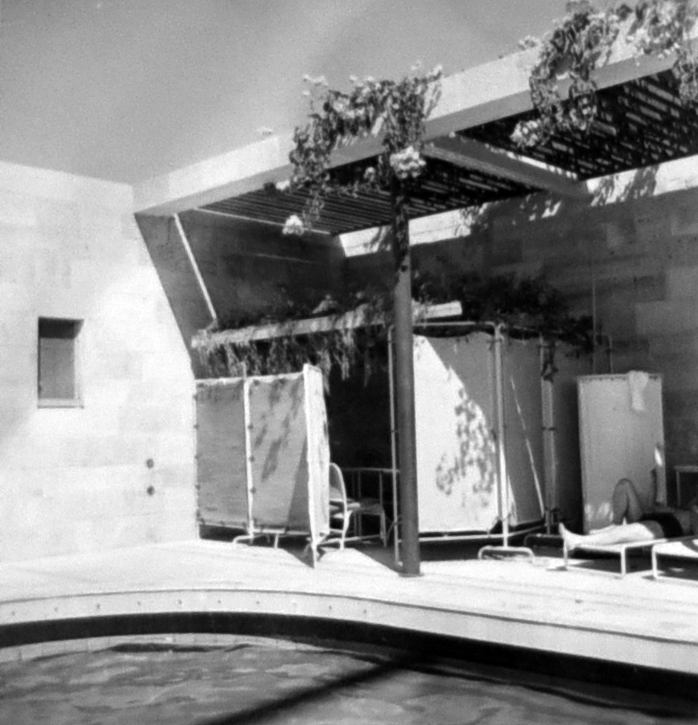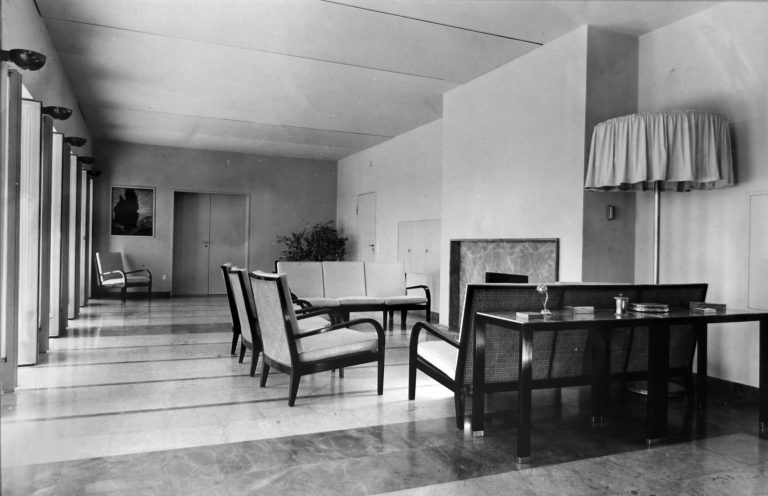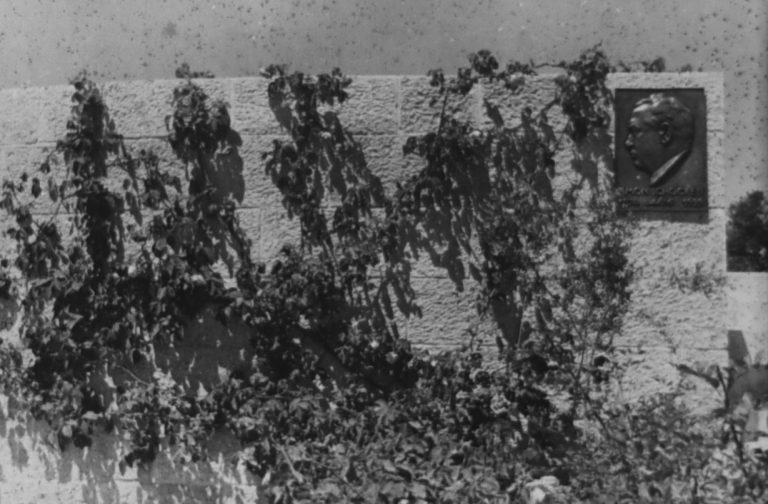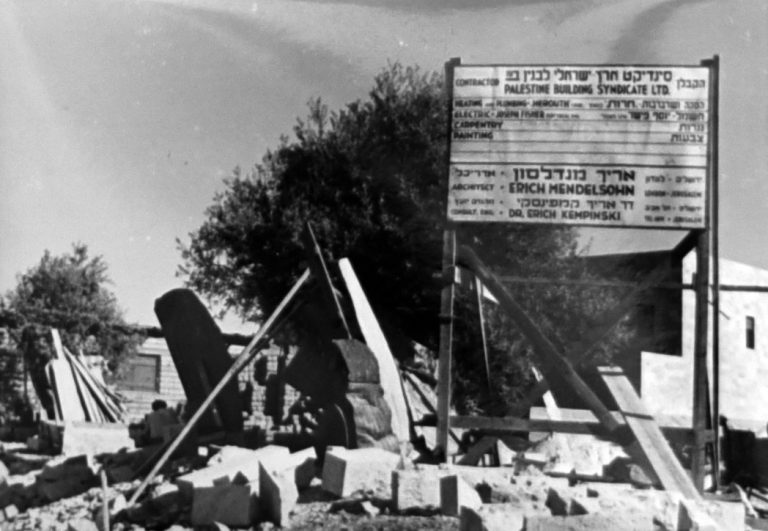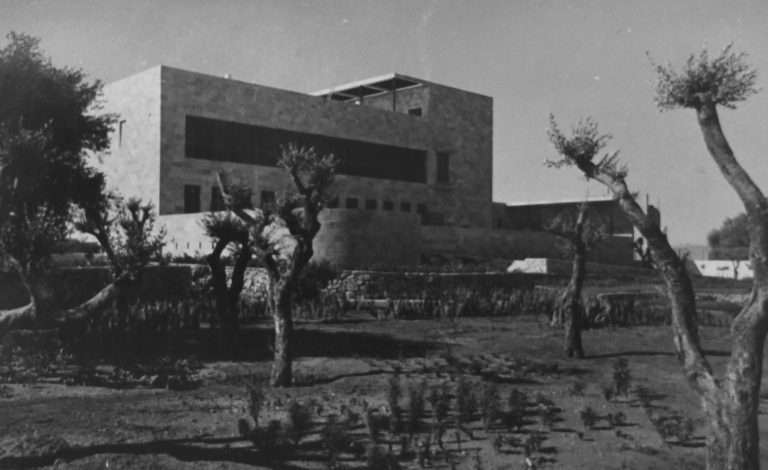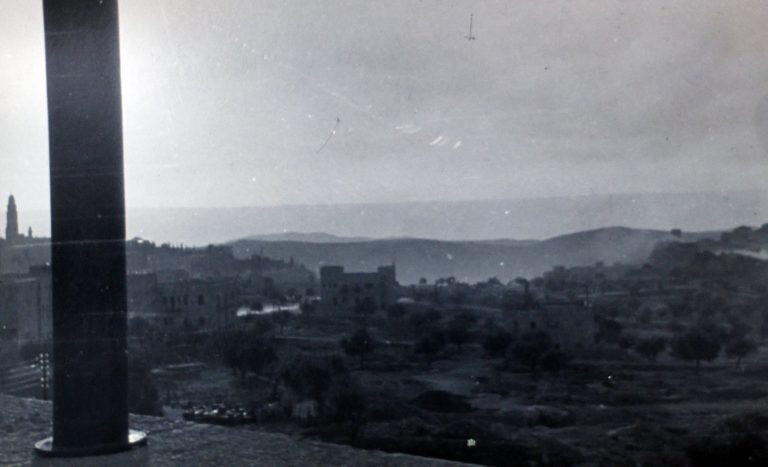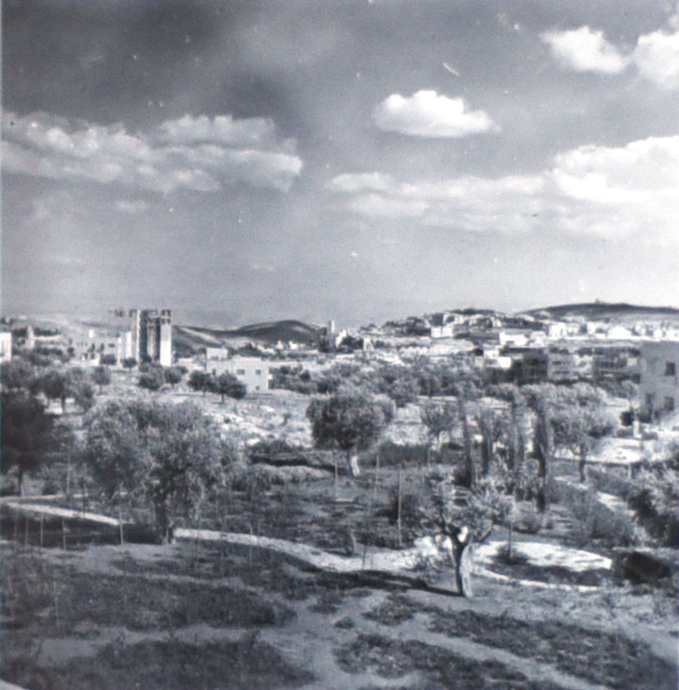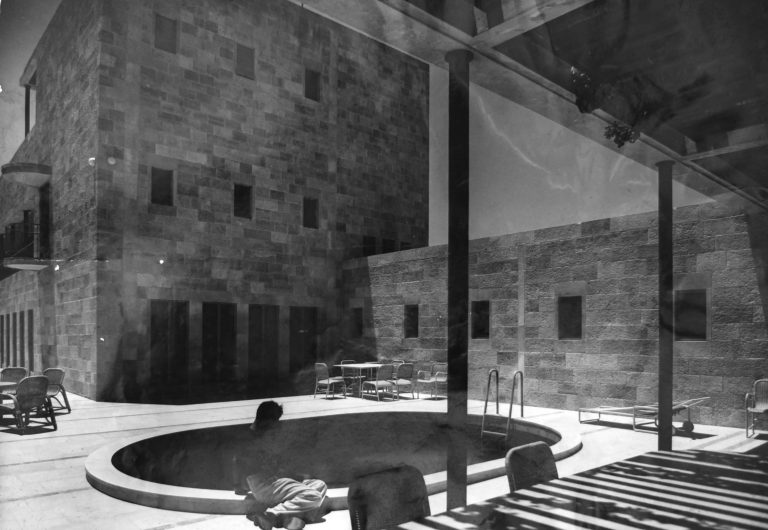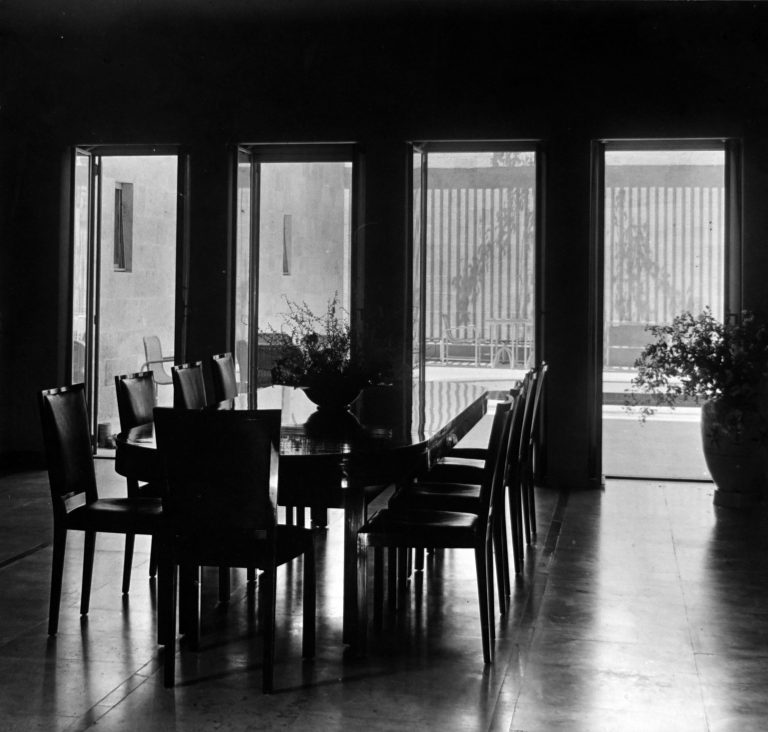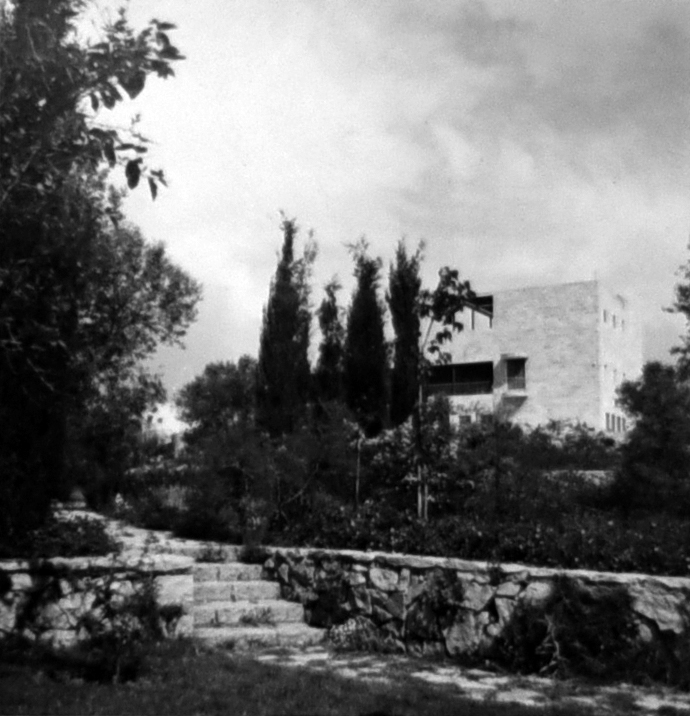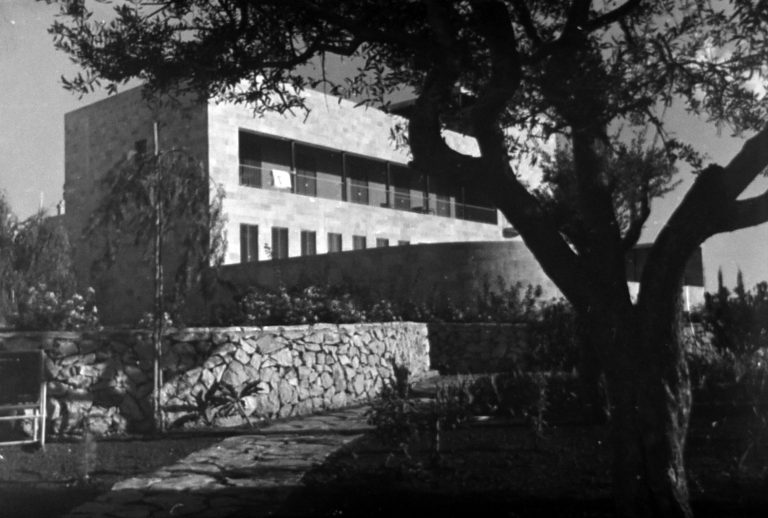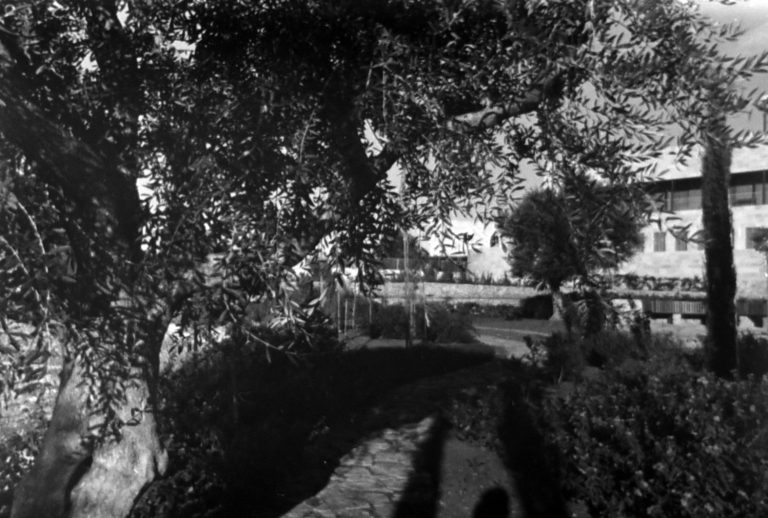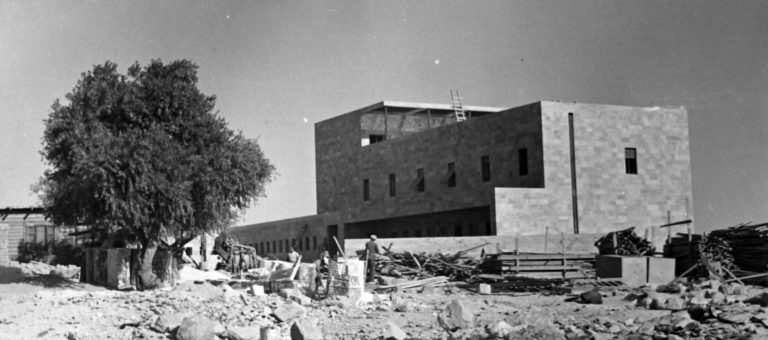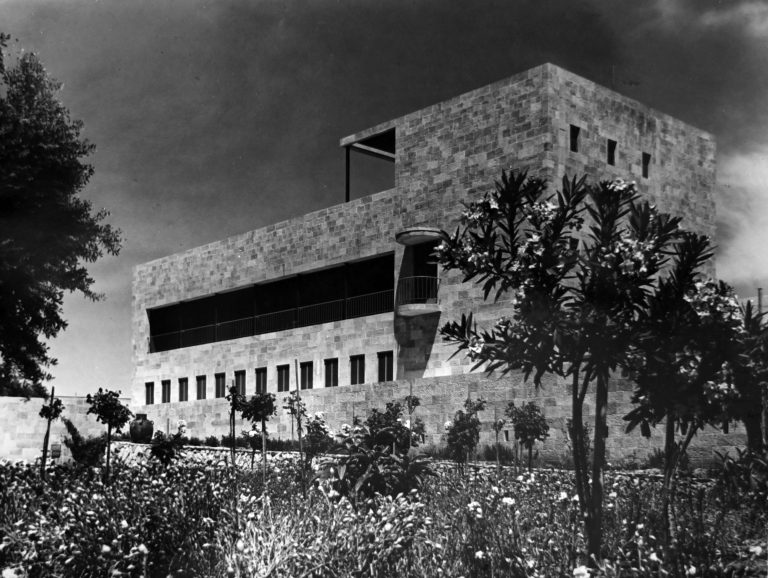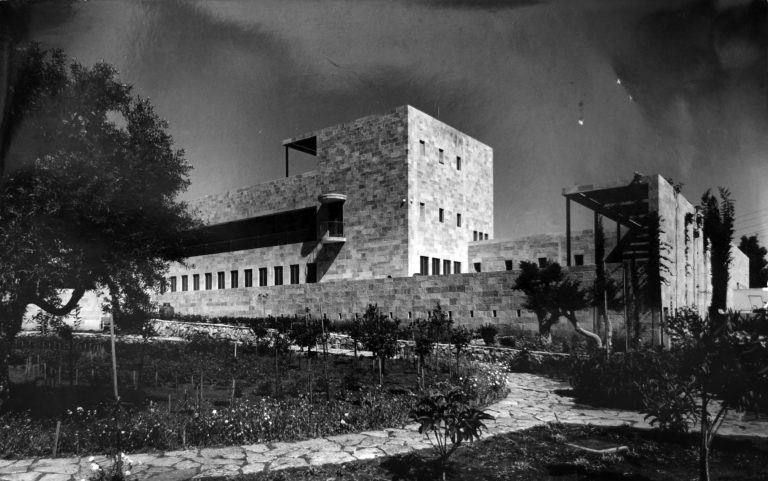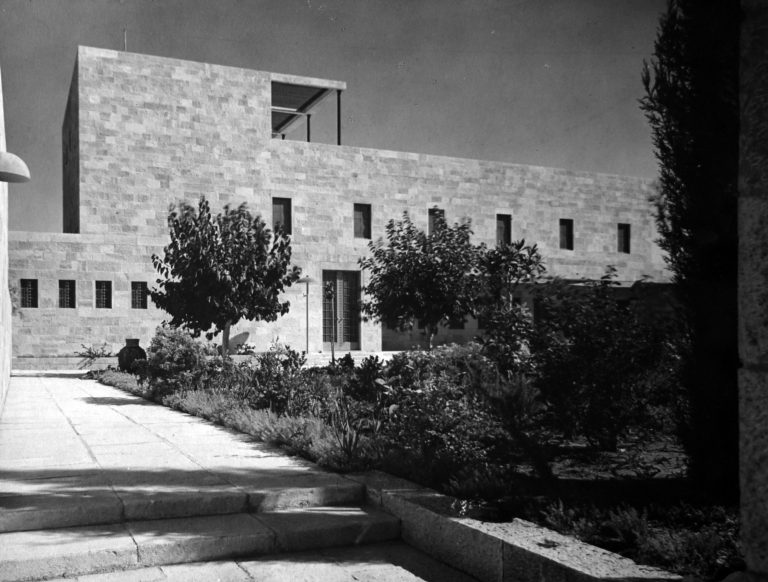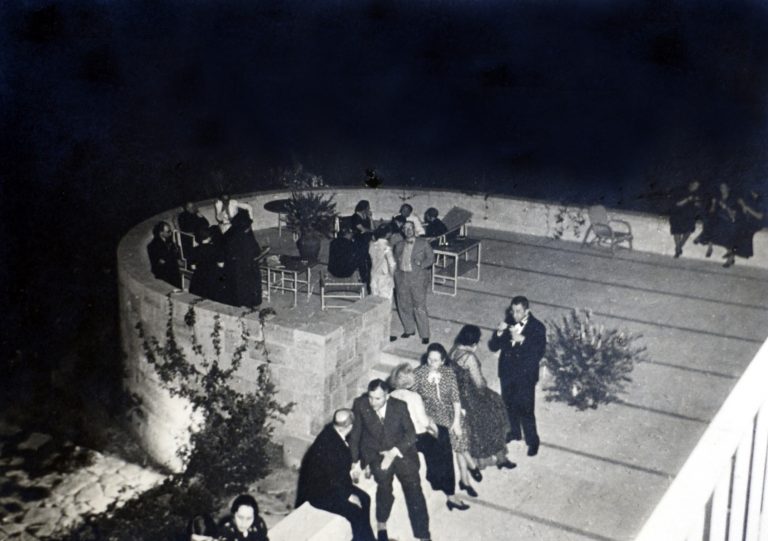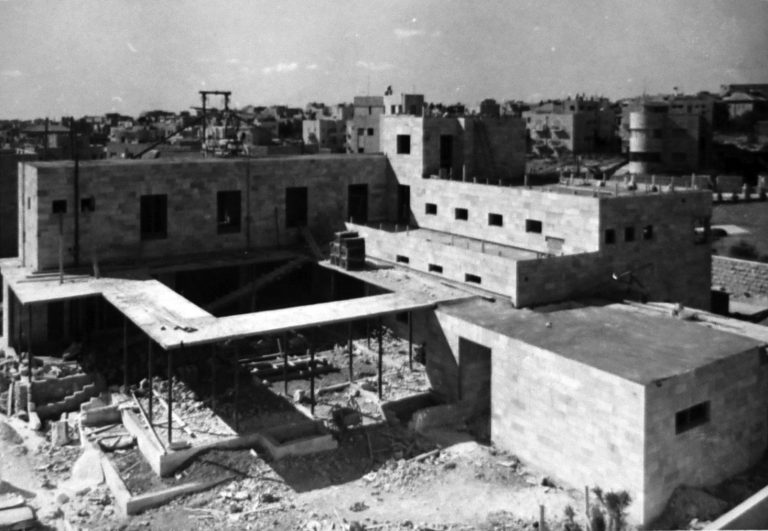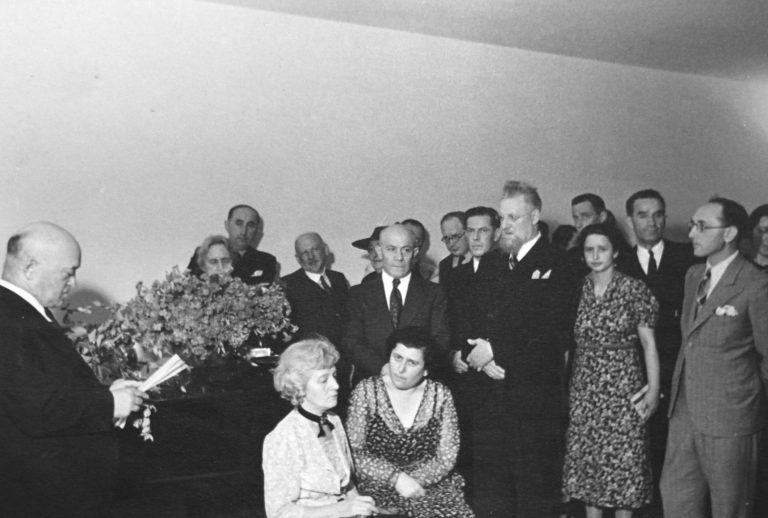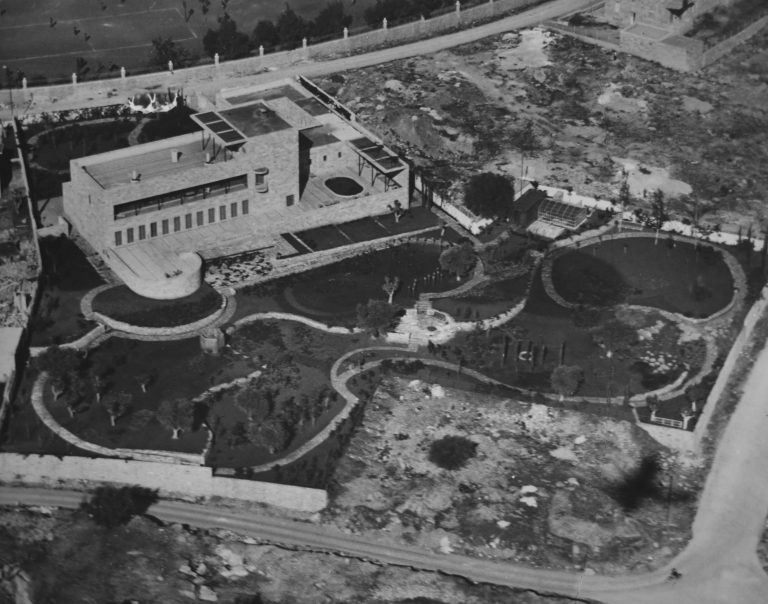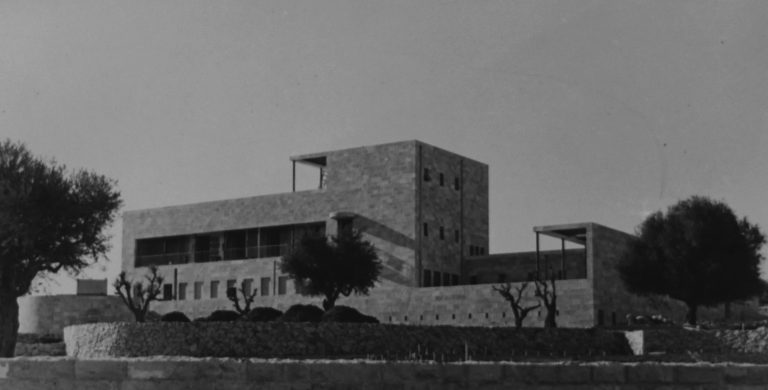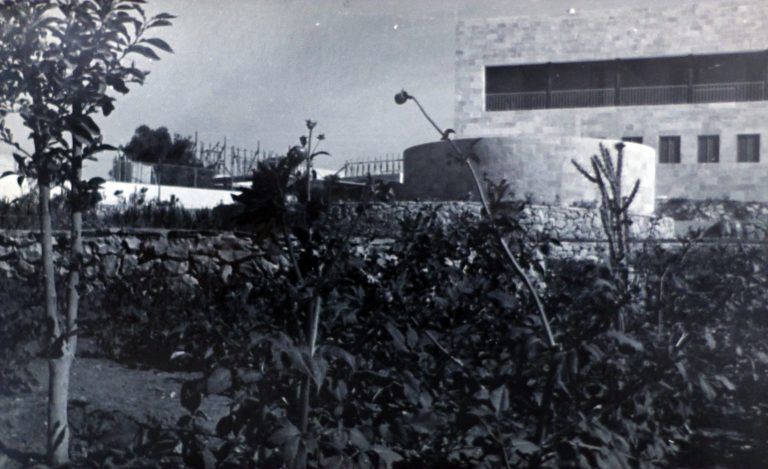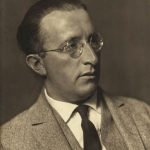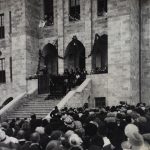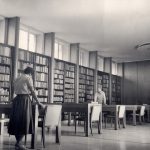Villa Schocken
The Schocken Villa was built in 1934, to house members of the Schocken family who fled Nazi Germany and relocated in Jerusalem. The villa was planned by Schocken’s favorite architect, Eric Mendelsohn. Today, the villa and the nearby Schocken Library are located in the heart of Jerusalem’s most prestigious residential neighbourhood. Yet in 1934, the two structures were erected on a barren hill, with no other buildings blocking the spectacular view of the surrounding Jerusalem hills and ancient groves.
It was a view that captivated Schocken and inspired Mendelsohn, two Berlin urbanites who found themselves building new lives in a remote, exotic corner of the world. “The very air and radiance of this land permeates the senses”, Mendelsohn wrote. The free and open country “symbolizes a marriage between the most antique culture and the modern world. It is a place where intellect and vision, matter and spirit meet.”
In designing the villa, Mendelsohn integrated elements of traditional Arab architecture, like pergolas and roof gardens, with a modern design using stone, steel and glass. The positioning of the walls and vertical windows were designed to cool the building, while flooding the interior with natural light. The villa had creature comforts otherwise unknown in Jerusalem, like air conditioning, a swimming pool and an outdoor barbecue grill.
During World War II, Villa Schocken was taken over by the British rulers of Palestine. It was used to house General Barker, a British officer, as well as dignitaries in exile like Peter II, King of Yugoslavia. In 1957 Villa Schocken was sold and became the Rubin Music Academy. In 1985 the academy relocated to the Hebrew University campus on Givat Ram. In 2009, an attempt to demolish the villa and turn it into a real estate project was blocked by a public campaign led by architect Hillel Schocken, Salman’s grandson. Today, the villa is considered a historical estate, protected under the preservation law of the city of Jerusalem.
